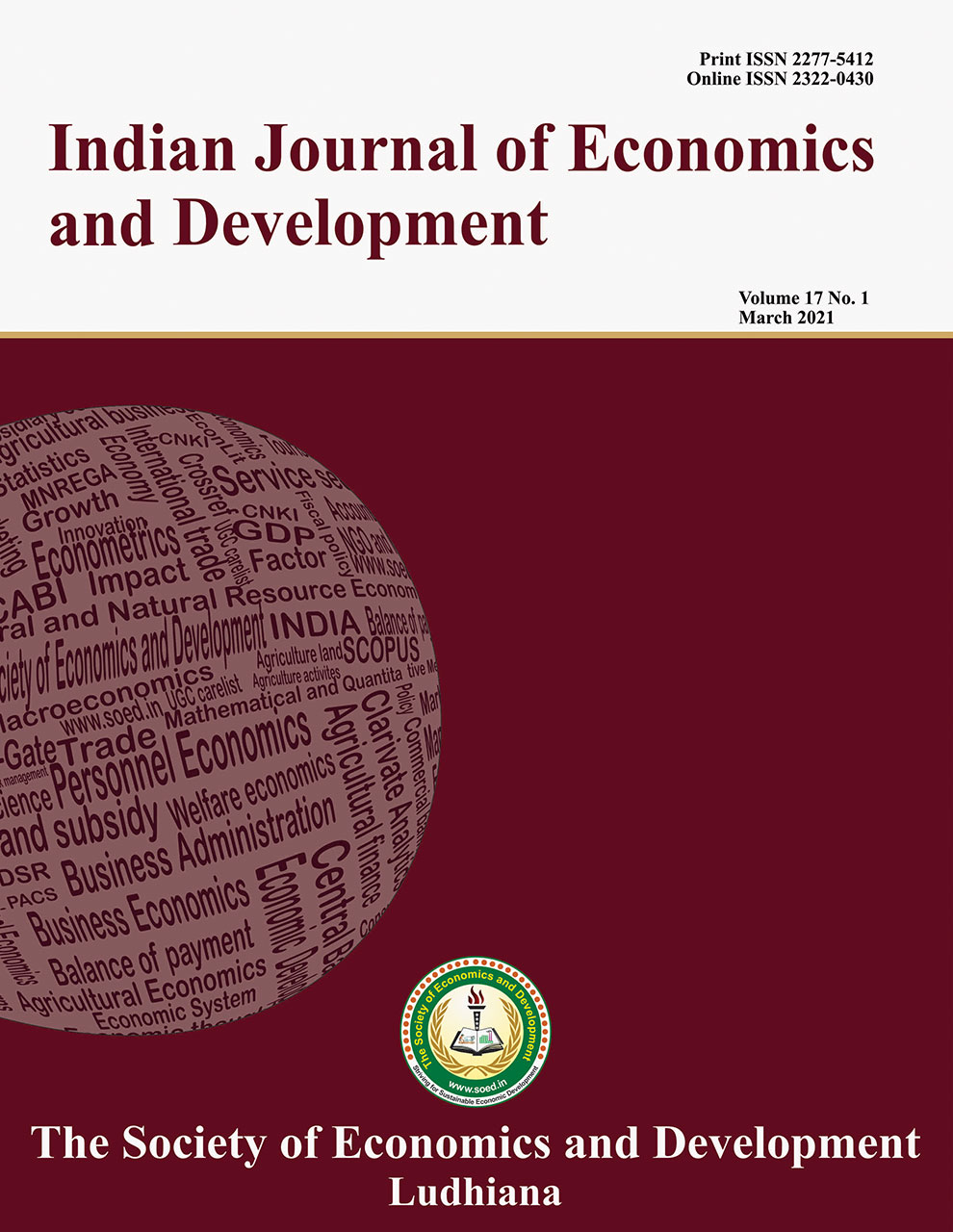India-Malaysia Economic Relations: An Empirical Analysis of Trade Dynamics

Price: ₹ 500.00
Author: Nikhat Khalid and Saba Ismail
Author Address: Ph.D. Research Scholar and Associate Professor Department of Economics, Jamia Millia Islamia New Delhi-110025 (Delhi).
Keywords: Bilateral trade, composition, FTA, symmetric revealed comparative advantage, trade intensity, trade structure
JEL Codes: F14, F15, F53, O53
Abstract
Ever since India repositioned its foreign policy outlook post-1991 and sought to expand its trade ties with the countries of Southeast Asia with the enactment of the Look East, now Act East Policy, India has had bourgeoning trade with Malaysia. Malaysia is one of the few countries in the world to have a Free Trade Agreement (FTA) with India. The economies of the two countries share a degree of similitude. Both are a part of the Commonwealth Nations, are middle-income economies, and have grown immensely after their respective liberalization, Malaysia having liberalized its economy in the 1970s, much before India did in early 1990s. Despite several common traits, only a few studies have elaborately researched on the trade relationship between the two countries. Malaysia is one of India's largest trade partner in ASEAN, and the geo-economic importance of Malaysia is immense, as it lies to both sides of the South China Sea, making Malaysia an added facilitator in linking India to ASEAN and East Asia. In this context, the study attempted to look into India-Malaysia trade dynamics from 2001 to 2018. Various indexes were used to analyse competitiveness and complementarity in bilateral trade. The study revealed a continuous increase in trade volume from 2000 onwards; while the composition had changed significantly and tilted towards primary goods over the two-decade period. The Trade Intensity Index (TII) reflected an intense trade relationship between the partners during the period of study. The results of Revealed Comparative Advantage (RCA) showed the existence of various non-overlapping advantageous sectors wherein both countries could gain through export. An analysis of Intra-Industry Trade (IIT) elucidated the existence of high IIT, particularly in manufactured goods. The rise in the Complementarity Index with each other exhibited that the countries had a considerable potential to diversify trade. Prospects for enhancing economic cooperation between India and Malaysia were found in the study.
Description
Indian Journal of Economics and Development
Volume 16 No. 3, 2020, 345-354
DOI: https://doi.org/10.35716/IJED/20177
Indexed in Clarivate Analytics (ESCI) of WoS
Scopus : Title Accepted
NAAS Score: 4.82



